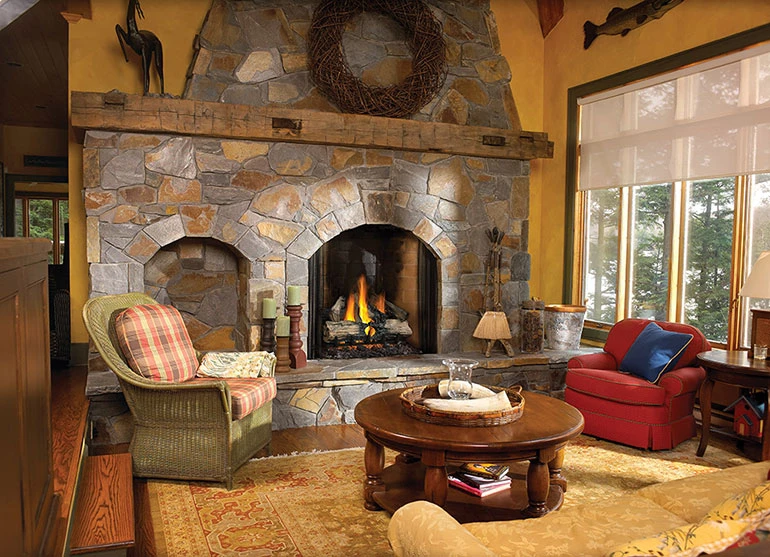5 Urban Legends About Fireplace Efficiency
For many people, the heating ability of a gas or wood fireplace is the most important feature. While some fireplaces are made mostly for decoration, others are made to help people withstand harsh winter temperatures. Because of the differing types of fireplace design and venting, many urban legends have been created about their efficiency.
-

- GL32 Rumford
Simply put, fireplace efficiency measures how well a fireplace can heat a room. This is measured by how much heat is lost through the chimney compared to how much enters the room.

